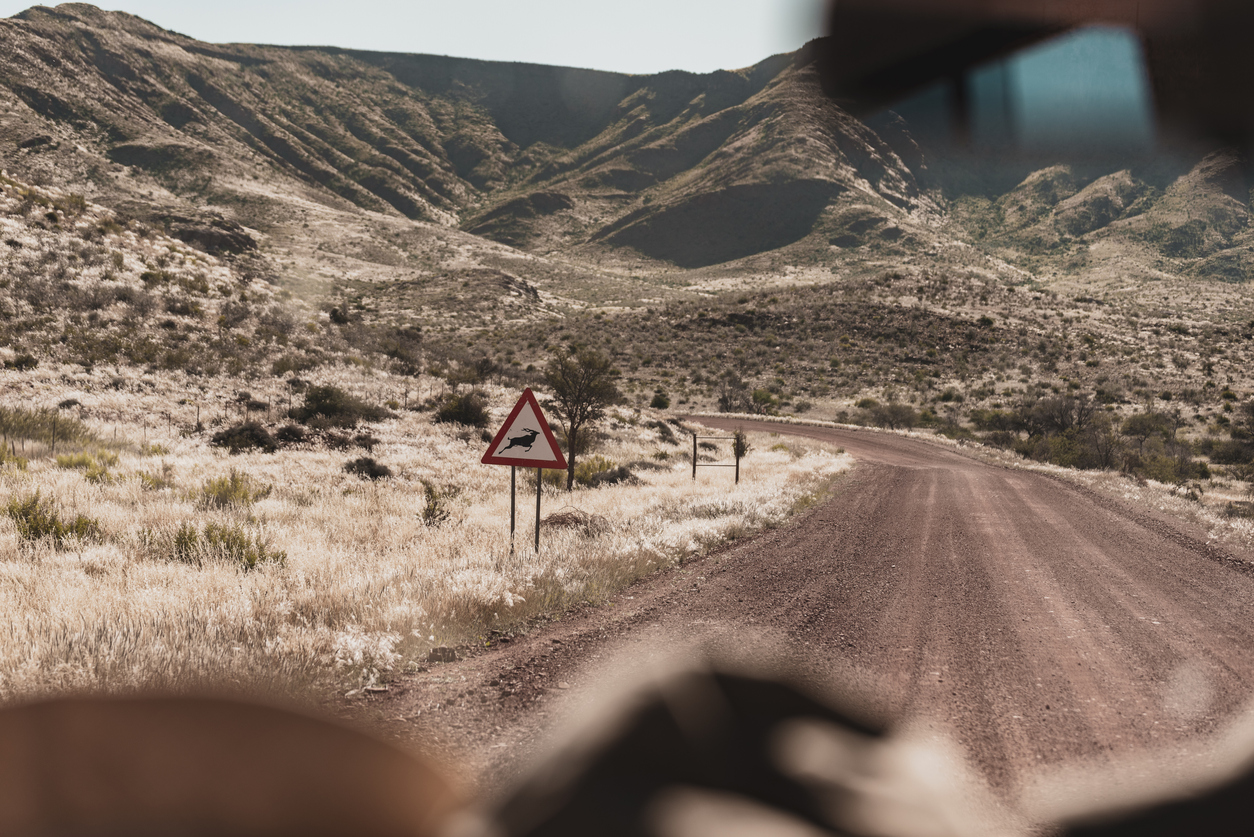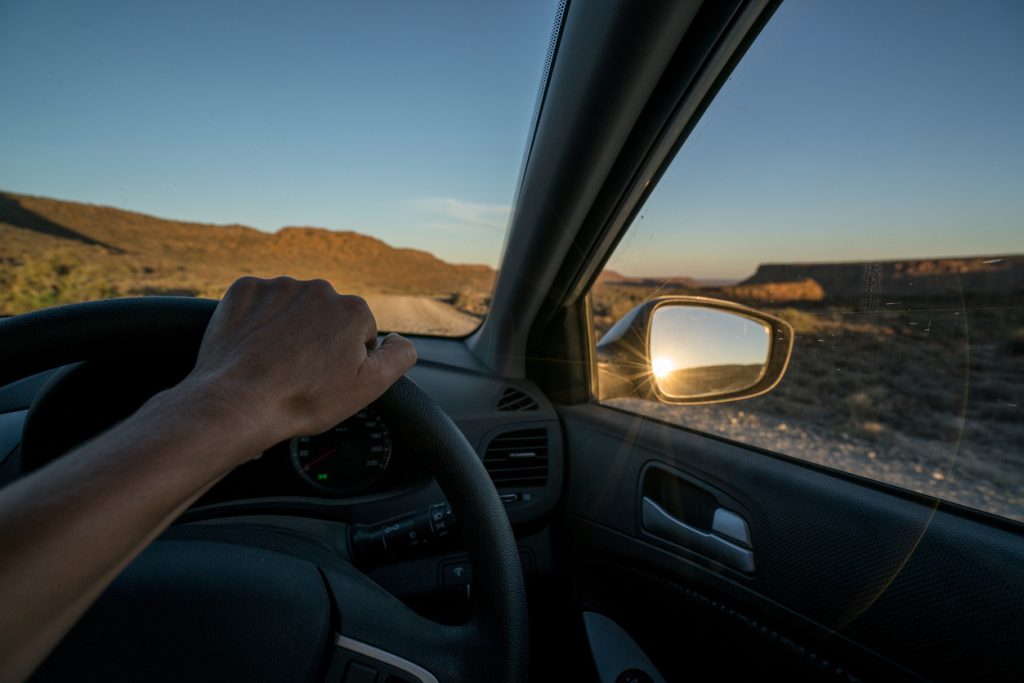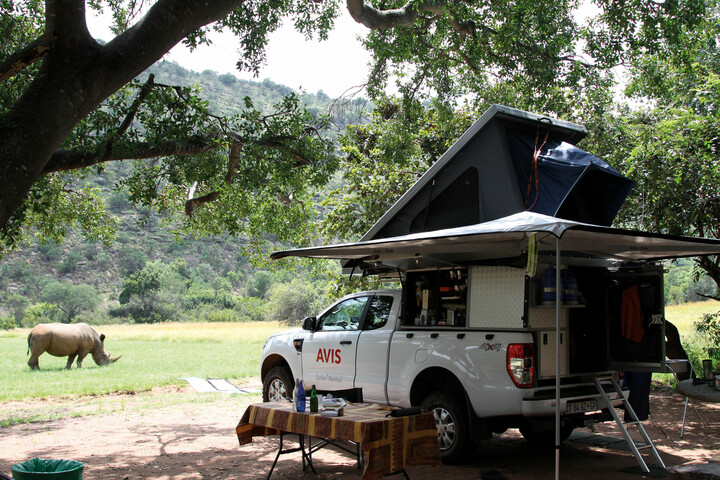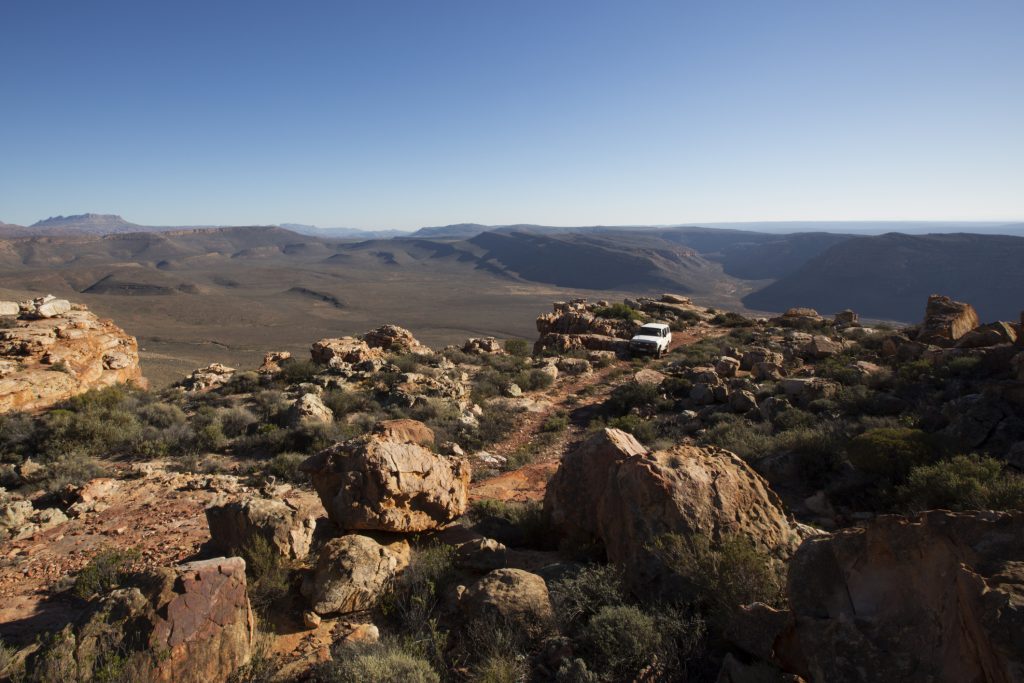
Why Renting a 4x4 is the Best Way to Explore Southern Africa's National Parks
Southern Africa’s National Parks are some of the world’s best and last truly wild places. While you could explore them with the help of a safari tour company, for the truly adventurous, you might want to head out on your own route in a rental 4×4.
Many rental agencies offer fully equipped 4x4s outfitted with everything you need to make your way through these beautiful destinations and have an unforgettable African road trip. Keep reading to find out why renting a 4×4 is the best way to explore Southern Africa’s National Parks.
Freedom
With a rental 4×4 you can go wherever and whenever you want. Explore Southern Africa’s National Parks on your own terms and create your one-of-a-kind roadtrip without having to stick to a set schedule or the itinerary of a tour group.

Driving in South Africa During a Safari.
With so much to see and do, you have the freedom to linger when you want to or pack up and head out on a new adventure at a moment’s notice.
Flexibility
Renting a 4×4 lets you navigate all kinds of terrain. This can often help you explore the remote places that regular cars can’t get to and get closer to the spellbinding natural ecosystems and stunning wildlife. Sandy paths and rocky roads pose no problem when you’re traveling in a 4×4. With a GPS, some maps, and basic offroading experience, the world is your oyster.
Comfort
In a rental 4×4 you’ll have ample space, air conditioning, and comfortable seats. Depending on how your rental 4×4 is equipped, you could even have an easy to set up rooftop tent that you can sleep in comfortably off the hard ground. 4x4s also have great shock absorbers for a comfortable drive even on rough terrain.

Above: Camping Equipped 4×4 Rental on a Self-Drive Safari.
When you hire a 4×4 you’ll also be higher off the ground, which makes the animals easier to see.
Safety
4x4s are designed to handle all types of terrain and weather conditions, meaning you can travel safely through Southern Africa’s National Parks. For your own safety, stick to the trails and never approach wild animals on foot.

Above: 4×4 trail over rocky terrain in the Cederberg, Western Cape, South Africa.
Always travel with enough water and fuel as fuel and refreshment stops can be few and far between.
Some Do’s and Don’ts for Your 4×4 Self Drive Safari
- Do your research and plan your trip well in advance. Most reserves, campsites, safari lodges, and 4×4 rental agencies need advance booking.
- Book your 4×4 with a reputable rental company and choose a vehicle you’re comfortable with. Ask all the questions you need to before you drive away.
- Get a good understanding of your 4×4 and all the equipment. Ask your rental company consultant to give you a walkthrough of the vehicle and equipment and take the time to really get to grips with what you’re renting.
- Obey traffic rules, road signs and speed limits. Going a bit slower will really let you soak up the environment you’re driving through and give you the chance to see all the wildlife.
- Keep an eye out for animals crossing the road. Many national parks are unfenced and it’s not uncommon to come across wildlife crossing your path.
- Take a GPS, maps, and a satellite phone. Sometimes you’ll find yourself in areas without cell signal, so it helps to be prepared.
- Pack emergency medical supplies and take anti-malaria medication if you’re going to be traveling in a high risk area.
- Get adequate medical and emergency evacuation insurance. You’re going to be out in the wild and often miles away from medical care.
- Be patient. Take the time to soak up your surroundings and enjoy the wildlife.
- Don’t travel after dark. Animals are difficult to see at night and the risk of having an accident is higher.
- Don’t get too close to the wildlife and never veer off the road you’re traveling on to get a better sighting. Animals are unpredictable and might feel threatened if you get too close, hoot, or shout to get their attention.
- Don’t add to a safari traffic jam. Often people will pull over to get a closer look at the animals and cause a glut of traffic at a sighting. Rather wait for the traffic to clear then spend some time observing the wildlife on your own.
- Stay inside your vehicle at all times unless you’re at a clearly indicated rest stop or campsite.
- Only make fires in designated areas, be careful of windy conditions as sparks blown away could start a bushfire, and always put your fire out before going to bed.
Related Posts
5 historical hotels in South Africa
South Africa has an unusual history and with an unusual history comes unusual places to stay with their own story to tell. Many hotels in and around the main cities have great historical importance to the heritage of the country, some dating back a hundred years or more. This history often attracts tourism. In their […]
Read MoreMay- September: The Best Time To Visit Namibia
Namibia has much more to offer than safari and 4×4 driving. The beautiful country’s coastal region is a hidden gem for surfers and is slowly gaining popularity for the large swells during June and August every year. The Winter swells in Namibia unleash perfect waves for surfing, transforming the coast into a surfers paradise. Running […]
Read MoreStellenbosch versus Franschhoek
Het zou moeilijk, zo niet onmogelijk zijn, om deze twee regio’s tegen elkaar uit te spelen. Elk biedt een unieke en interessante kijk op de wijnindustrie en sociale activiteiten, en beide hebben hun eigen charme, prachtige uitzichten en heerlijke wijnen om van te genieten. Als u de vrijheid wilt hebben om het gebied dat u […]
Read More Rating: 4 - 1562 Reviews
Rating: 4 - 1562 Reviews


